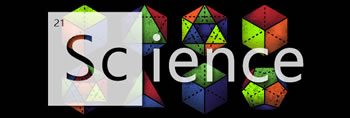Pyrex was the first glass cookware, introduced in 1915 by the Corning Glass Company. The breakthrough was borosilicate glass, which doesn't break when it's heated. Pyrex is still sold in stores by Corelle, but there's a steady stream of consumers who check out thrift and antique shops for old Pyrex cookware, with good reason.
Clear glass Pyrex cookware is practically an American icon. With its pleasing heft and remarkable resilience, these famous clear pans have been essential when cooking biscuits, casseroles, and pies since 1915. There’s only one problem. A few years ago, the pans started exploding when they got too hot—which is ironic since Pyrex glass was specifically designed to be heat resistant. Some blamed a change in the glass formula and flocked to thrift stores to buy older models. Others cried hoax. Everyone agrees that exploding glass is bad.
The rate of shattering glass is low, considering the number of Pyrex pans in circulation, but the US Consumer Product Safety Commission has received 850 reports of shattering glassware in the past seven years. Read about the chemistry of glassware and the history of Pyrex manufacture at Gizmodo. When you read it, you'll learn the important difference between the two measuring cups shown above.
(Image credit: Picofluidicist)











Comments (4)